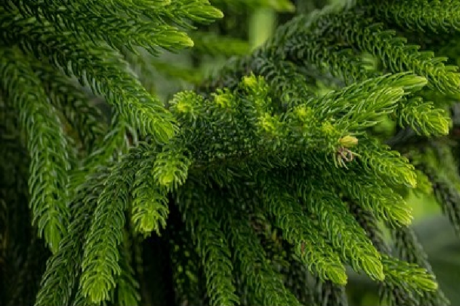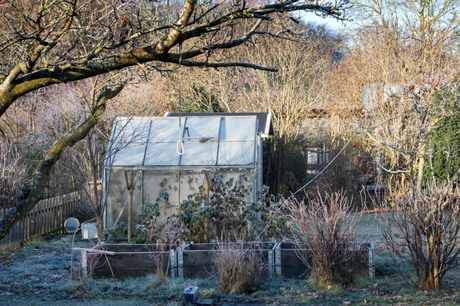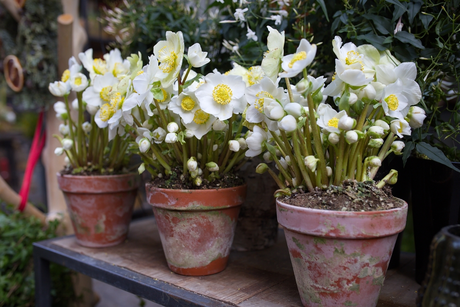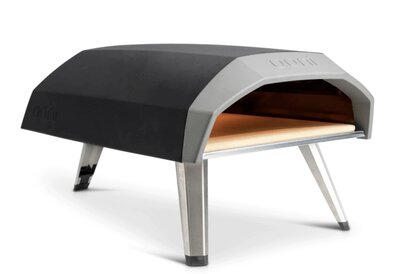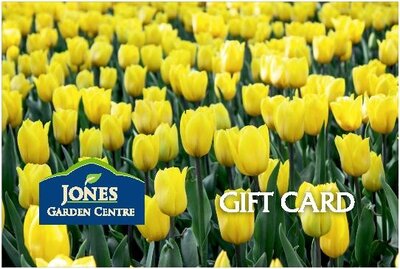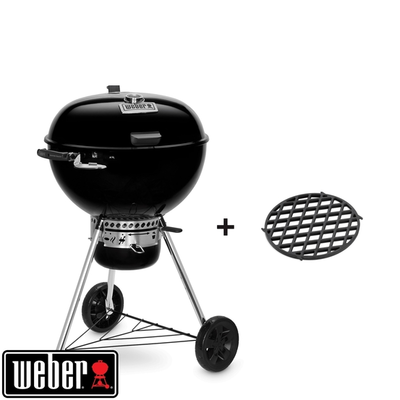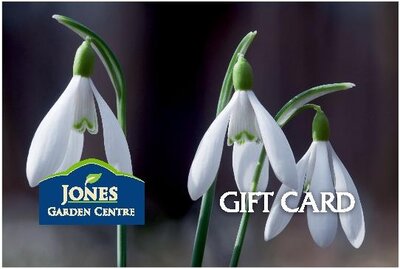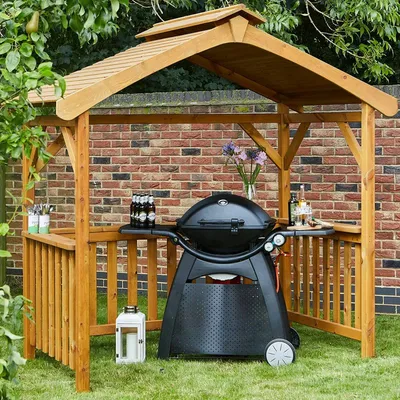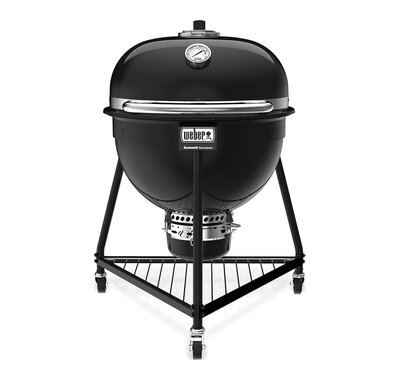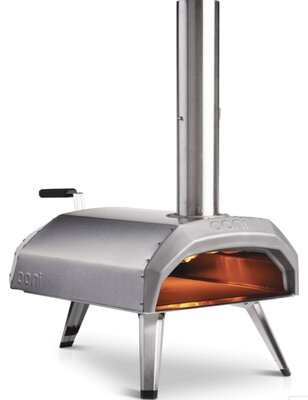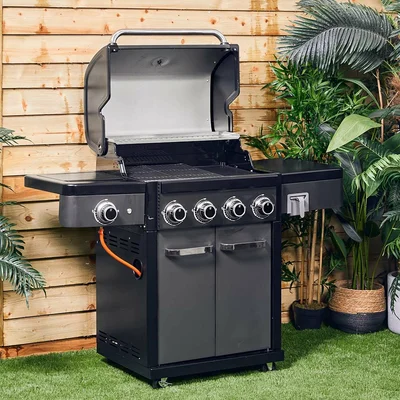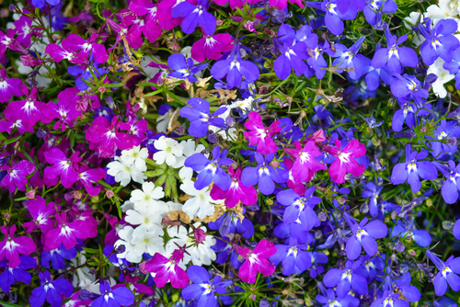
Do you know the difference between a perennial plant and an annual? Well, the answer is simple. Once you know the difference, you’re ready to start designing and landscaping with them. Let us explain when to plant annuals and when to plant perennials.
What is a perennial?
A perennial plant is a plant that lives for more than two years and typically blooms year after year. They grow from roots or underground storage structures and often have a dormant period during the winter months. In the spring, the plant will grow again from its roots and produce new shoots, leaves, and flowers. Examples of perennials include roses, daisies, black-eyed Susans, and lavender.
What is an annual?
Annual plants, on the other hand, complete their entire life cycle within one growing season, typically one year. They germinate, grow, flower, produce seeds, and then die within a single growing season. Examples of annual plants include marigolds, petunias, and sunflowers.
Best time to plant perennials and annuals
The best time to plant perennials and annuals depends on the climate and the specific species you want to grow. In general, it is best to plant perennials in the spring or autumn when the soil is not too hot or too cold and there is adequate moisture. Generally, it is best to plant annuals after the danger of frost has passed, when the soil is warm and temperatures moderate.
- Spring planting: In climates with moderate to warm springs, it is best to plant plants in early to mid-spring, after the danger of frost has passed. This will give the plants enough time to establish roots before hot summer temperatures arrive.
- Summer planting: In climates with hot summers, you can plant plants in the late spring or early summer to take advantage of the warm soil and moderate temperatures.
- Autumn planting: In climates with cool to cold springs and hot summers, it is best to plant plants in late summer to early fall, when temperatures have cooled and the soil still has some warmth. This will give the plants time to establish roots before the soil temperature drops too low and before winter arrives.
It's important to note that some perennials have specific requirements for planting time, such as those that need to be planted in the fall for optimal growth or those that prefer to be planted in the late winter or early spring. So, be sure to check the specific requirements for the perennials you want to grow before planting.
Top 10 spring-flowering plants
Here are ten popular spring-flowering plants:
- Petunia
- Impatiens
- Lobelia
- Pansy
- Snapdragons
- Viola
- Calendula
- Marigold
- Salvia
- Nemesia
Top 10 summer-flowering plants
Here are ten popular summer-flowering plants:
- Zinnia
- Marigold
- Sunflower
- Celosia
- Cosmos
- Lantana
- Salvia
- Verbena
- Vinca
- Nasturtium
Top 10 autumn-flowering plants
Here are ten popular autumn-flowering plants:
- Chrysanthemum
- Asters
- Perennial Salvia
- Sedum
- Joe Pye weed
- Ironweed
- Goldenrod
- Clematis
- Autumn crocus
- Toad lily
Top 10 winter-flowering plants
Here are ten popular winter-flowering plants:
- Winter Jasmine
- Witch Hazel
- Hellebore
- Camellia
- Paperwhite Narcissus
- Cyclamen
- Primrose
- Snowdrop
- Mahonia
- Christmas Rose
Buy perennials and annual plants and upgrade your garden!
These plants are popular because they provide bright, colourful blooms. They are relatively easy to grow and can be planted in garden beds, pots, or window boxes. They can also be used as bedding plants, to fill gaps in a garden or to create a colourful display in a yard. Any questions? We’re here to help!

